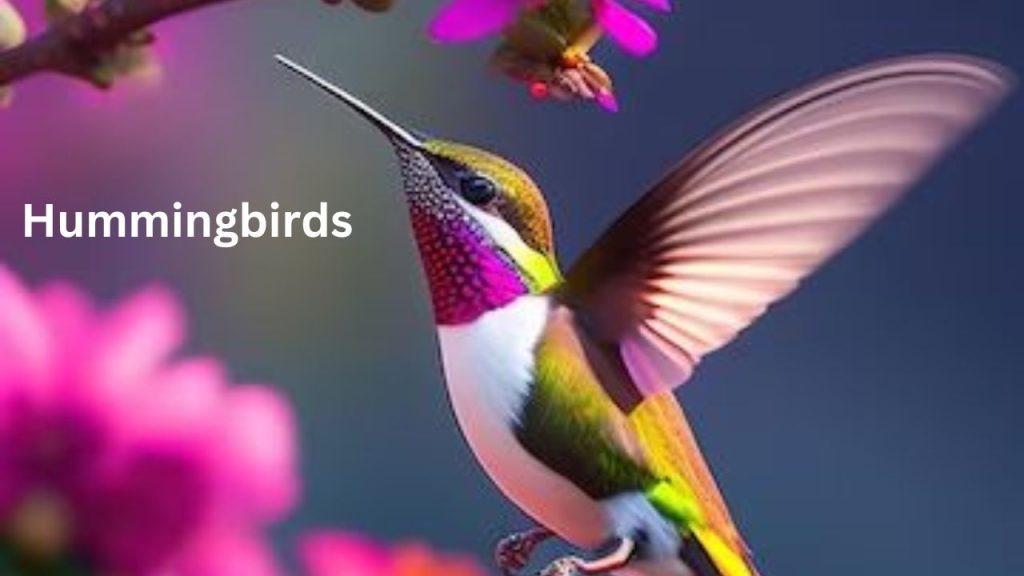How do birds sleep? Discover the fascinating sleep behaviors of birds, including uni-hemispheric sleep and torpor. Learn how bird fly while resting and how these remarkable adaptations help them balance rest and survival.
Introduction: The Fascination of Bird Sleep
Have you ever wondered what sleep is like for a wild bird? Is it anything like what we experience? Over the years, I’ve seen a few birds sleeping, and in this article, I’d like to share what I’ve learned as I researched how they experience some shut-eye. Enjoy!
How Birds Prepare for Sleep
firstly, they prepare their self for sleep.
How Do Birds Sleep

Most birds seek out a nice perch to sleep during the night. Once settled, it will fluff out its plumage, turn its head around, and tuck its bill into the feathers of its back—warm and snug. For birds like owls and nighthawks, who sleep during the day, they find a safe place and close their eyes to shut out the daylight. As with us, our feathered buddies experience slow-wave sleep and rapid eye movement (REM)—a kind of odd sleep due to the similar high activity of the brain during wakefulness.
Human vs. Bird Sleep Cycles

For humans, slow-wave sleep is around 70 to 100 minutes and increases in length in later stages of sleep. REM in the first period lasts 10 minutes, but as the night progresses, it lengthens, with the final one lasting up to an hour. Both of these cycles are shorter in birds, though, with only two and a half minutes of slow-wave sleep and just around nine seconds of REM. It was believed before that birds experienced short bursts of REM so they wouldn’t fall from their perch. However, birds that sleep on the ground also only have around nine seconds of REM.
The Role of REM in Bird Development
When it comes to the early development of the brain as well as learning and memory, REM is essential since this type of sleep exercises important neural connections. Younger birds, just like younger humans, experience more REM than adults. In the case of birds, it plays a role in song learning in juvenile songbirds. As the bird grows into adulthood, REM decreases. It is also thought to be essential to mental and overall well-being and health.
Birds’ Short REM Episodes and Survival in the Wild
Although birds have abrupt REM episodes, over the course of a day, as many as hundreds can occur since they cycle between slow-wave sleep and rapid eye movement every 10 to 15 minutes. Humans cycle between those two stages every one and a half hours. Perhaps for birds, those little short bursts of REM add up over the night and are all that they need. Since they live in the wild where it is crucial to be aware of potential predators, having only momentary episodes of rest likely allows them to be ready to flee if needed.
The Complexity of Sleep in the Animal Kingdom
Sleep is one of the most interesting things to me because not only do a lot of humans have different ways they experience it, so do the many animals on this planet in much more mind-boggling ways. Take, for example, birds that sleep while in flight. This is something that occurs for birds such as the Swenson’s Thrush during its long migration to South America just by closing one eye to shut off one half of the brain while the other half remains awake to avoid dangers. This is known as uni-hemispheric slow-wave sleep.
Uni-Hemispheric Sleep in Migrating Birds
Another example is the frigate birds who fly for months over the ocean. These birds will rest while gliding on rising air currents, allowing them to gain altitude so they don’t fall in the water while they rest for a short 10-second burst of sleep. Migrating geese and ducks fly in a J and V formation, and for those not at the head of the group, they will use uni-hemispheric slow-wave sleep. These birds take turns at the front, so even the current leader can catch some z’s when it changes positions with others in the flock.
Uni-Hemispheric Sleep for Protection from Predators
When birds are not migrating, they still use this unilateral eye closure to shut one half of the brain while the other remains awake and aware of its surroundings. It’s a good way to protect from predators. Ducks sleep together in this way, and while individuals safely neighbored can close both eyes as they sleep, the few that are exposed on the edge of the flock will keep one eye open and in the opposite gaze of the others to protect themselves from dangers. Other animals, such as dolphins, use this uni-hemispheric slow-wave sleep too. However, birds are the only ones we know of that can control it. While sleeping, a bird can fine-tune how much of its brain is resting by how wide it opens or closes its eye.
The Amazing Adaptability of Bird Sleep During Migration
Something I find interesting is the fact that at certain times of the year, say migration or the breeding season—a time when wakefulness is needed—birds can reduce their sleep quite a lot and yet still perform very well. Humans, on the other hand, if not fully rested, even a little bit, can fall asleep during life-threatening situations such as driving a vehicle.
The Pectoral Sandpiper’s Sleep-Deprived Breeding Season
Some birds, like the pectoral sandpipers, migrate each year from the Southern Hemisphere to above the Arctic Circle. Here, they breed under constant daylight. Males have quite the task—to impress females and mate with as many as possible, they have to remain active non-stop for more than 95% of the time for nearly three weeks, competing with each other for the attention of the opposite sex. Incredible! Males who are most active are favored, with them parenting the most offspring. A lack of sleep for these birds does not impair their performance apparently, as would be the case for other animals that tried pulling an all-nighter.
The Universal Importance of Sleep for Birds
It should be noted, though, that although they are active a great deal, that doesn’t mean they don’t squeeze in a little bit of rest—you know, those inviting three seconds or so of sleep. While it’s possible for birds to go on very minimal rest, the need for a bit is still there, which goes to show how universally important a little shut-eye is.
Fascinating Sleep Patterns in Wild Birds

Learning about the various ways our feathered buddies experience sleep is fascinating. When you look at it from a survival advantage of a wild animal, it makes sense why they don’t have much snooze time. In order to be alert and ready to flee at a moment’s notice, it pays to skimp a little. However, there are some birds that put their lives at risk when they rest for the night, such as hummingbirds.
Hummingbirds and the Extreme State of Torpor

In cool temperatures, they enter a deep sleep state called torpor, similar to hibernation, to conserve energy, saving the hummingbird from burning up all of its energy and starving. During this, they are unresponsive, appearing to be dead. This is due to all their bodily functions slowing down for the night. Heart rate drops from 1,200 beats per minute to just 50, and metabolism by as much as 95%. There is no waking into this and fleeing quickly if something were to happen, so it’s crucial to find a well-hidden place to rest. Upon waking, it takes a while for their body to return to normal—30 minutes or so.
Nocturnal Hypothermia: A Survival Strategy
A less extreme version of this is nocturnal hypothermia, something chickadees, downy woodpeckers, red poles, and other birds use over the cold season to conserve their vital energy. They too are at risk because, during this, they are in a torpor-like state. Luckily, our smart little chickadees seek out the best well-hidden tree cavities to rest in.
Unique Sleep Behaviors: Hanging Parrots
And did you know that some birds sleep while upside down? These are hanging parrots that live in the tropical forests of southern Asia and Indonesia.
Reflections on the Incredible Survival Strategies of Birds
Isn’t it amazing what our birds do? They work so hard to survive. My heart goes out to them always, and I will work the rest of my life learning as much as I can about them. I’m truly just so transfixed over this species and grateful that many birds live around us.
Invitation to Share Thoughts and Continue the Conversation
So, what are your thoughts on this? What was most interesting to you, and did I forget anything? Comment below and let me know. And as always, thank you so much for reading. I hope that you enjoyed it. Take care and happy fall birding!
Conclusion: The Remarkable World of Bird Sleep
Birds exhibit some of the most fascinating and varied sleep behaviors in the animal kingdom, reflecting their incredible adaptability and resilience. From the brief yet essential REM episodes to the extreme state of torpor in hummingbirds, each species has evolved unique strategies to rest while remaining vigilant in the wild. Their ability to balance the need for sleep with the constant threat of predators is a testament to the intricate relationship between sleep and survival. As we continue to study these behaviors, we gain not only a deeper appreciation for our feathered friends but also valuable insights into the fundamental role of sleep in all living beings. Whether they’re migrating across continents or simply finding a safe perch for the night, birds remind us that sleep, in all its forms, is vital for life. Read more interesting articles about pets.




